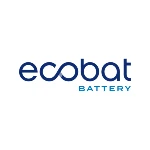Health and Safety Procedures
Ecobat Battery recognises that it has responsibilities for:
- The provision and maintenance of safe equipment along with safe systems of work.
- The safe handling, storage and transportation of components and substances.
- The provision of information, instruction, training, and supervision.
- The maintenance of a safe and healthy workplace and access to and from it.
- The provision of a safe and healthy working environment, adequate welfare facilities, and appropriate health surveillance.
The Policy allocates duties to certain people for ensuring that these responsibilities are met. They apply throughout the management process so that preventive and protective measures are properly planned, organised, controlled, monitored, and reviewed.
Handling of Lead Acid Batteries is not hazardous providing proper precautions are observed.
Sulphuric Acid
Batteries contain sulphuric acid which may be given off as droplets or spray during recharging. Sulphuric Acid is corrosive and poisonous which can burn/irritate skin and eyes and could burn clothing.
Precautions:
Always handle batteries with care. Always store upright. Never over fill-with acid. Always remove vent plugs and charge in a well-ventilated area. Use eye protection and protective clothing if there is any risk of acid splashing.
Emergency Action – Skin contact:
Immediately wash the affected area with copious amounts of clean water.
Emergency Action – Swallowing:
Immediately drink large quantities of water or milk. In all cases seek medical attention.
Spillages
Small spillages can be swilled away with large quantities of water.
Electrical Hazard
Precautions:
Before using metallic tools on a battery remove metallic objects from hands and wrists. Before filling or removing the battery, make sure that all the equipment connected to it is switched off to avoid accidental sparking. When undoing the terminal connections, disconnect negative first and reconnect last. When refitting take care tools do not cause an accidental short-circuit.
Explosive gases
The gases given off during charging are explosive.
Precautions:
Always charge in a well-ventilated environment. No smoking or naked flames. Ensure that cables and electrical equipment are handled in such a way as to avoid accidental sparking. Always remove negative lead first and re-connect last. Use eye protection and protective clothing.
Emergency action in case of explosion:
Seek urgent medical advice remembering that acid may have been sprayed.
Use of Jump Leads
First connect the positive cable ends to both poles. Then connect the second cable to the negative battery pole of the vehicle to be started and lastly connect the negative cable to the negative terminal of the current supplying vehicle, or even better directly to the engine casing. If in doubt, follow the vehicle manufacturers’ instructions. Remove cables in the opposite order.
Weight
Batteries can be heavy and awkward to handle. Take care and use the correct lifting techniques.
Disposal
Used Batteries should be disposed of in a proper manner. See Ecobat Battery Technologies environmental policy.
Hazardous symbol definitions
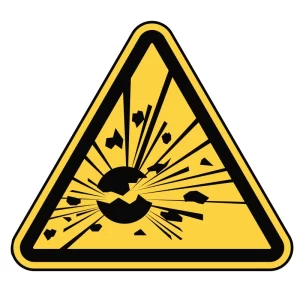
Yellow and black explosion triangle
Risk of explosion due to possible build-up of hydrogen gases. Batteries must be able to vent.
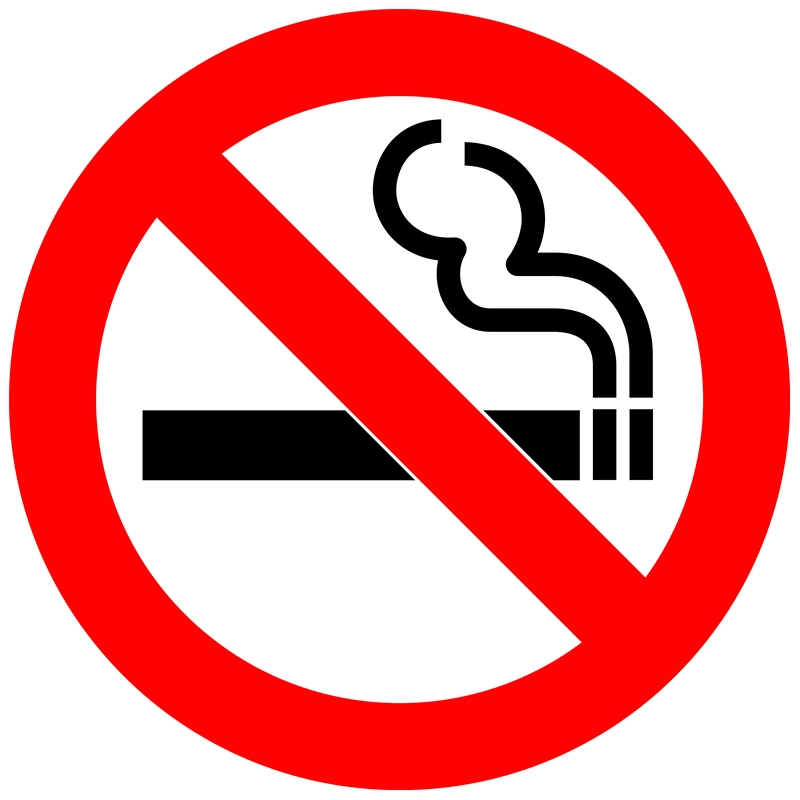
Red and white ‘no smoking’ circle
Do not smoke or introduce naked flames near to any battery. This can cause the ignition of hydrogen gases.

Blue circle with white goggles
Always wear eye protection when charging or testing batteries.
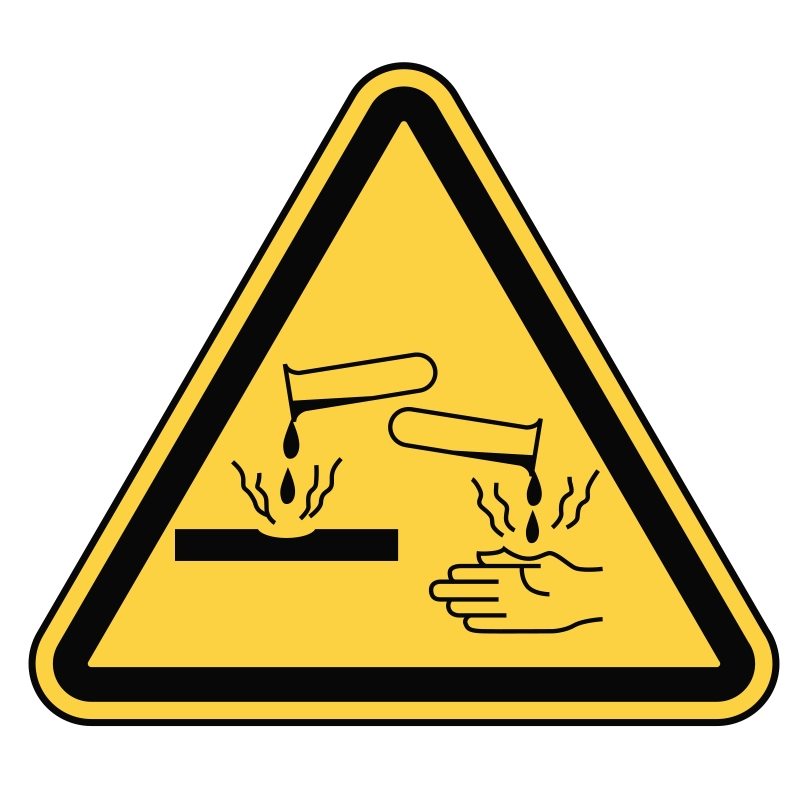
Yellow and black corrosion triangle
Batteries contain sulphuric acid (H2SO4) which is corrosive to most materials.
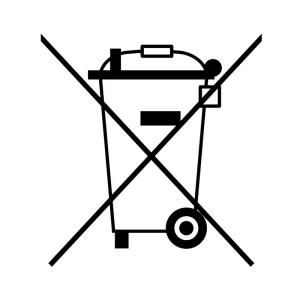
Bin with cross
Old batteries should not be placed land fill or dumped in the environment, but must be disposed of by licensed recyclers, such as Ecobat.

Recycle sign
Lead Acid batteries are 99% recyclable.
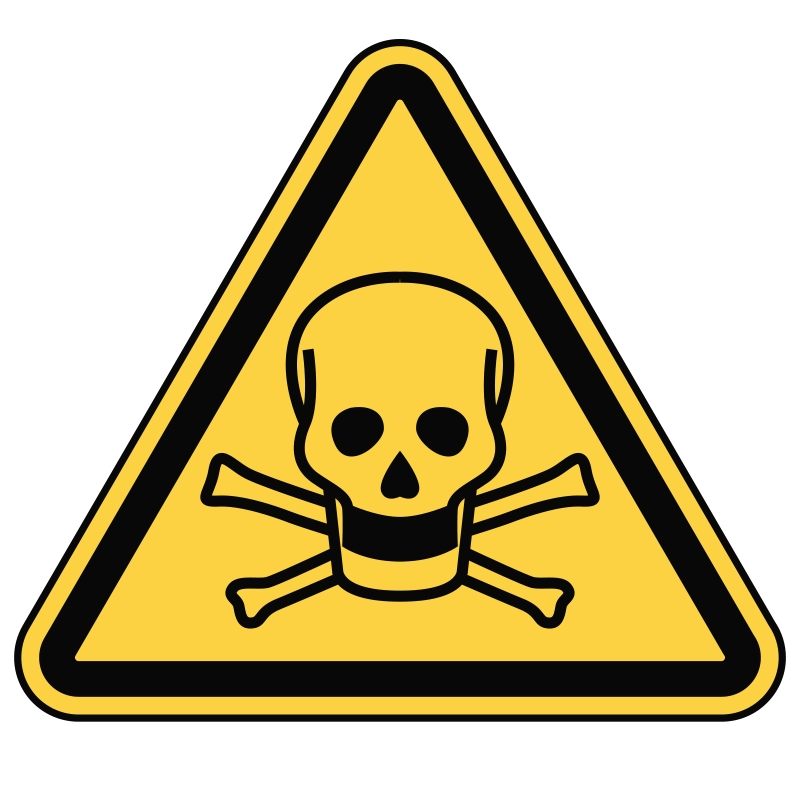
Poisonous
Batteries contain lead and lead compounds which are poisonous to humans, animals and plant life.
